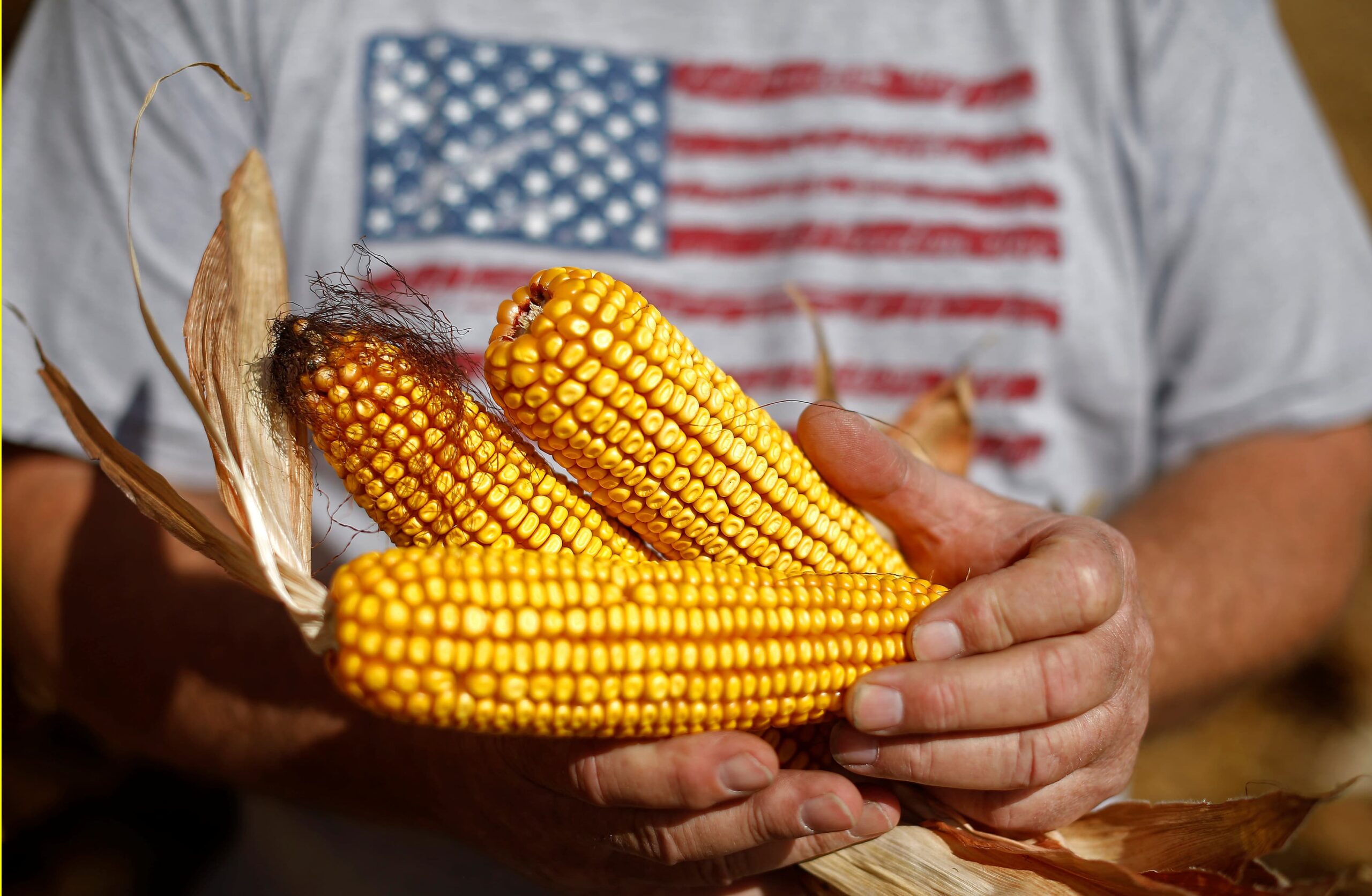
- Commodities
Traders increase corn futures sales
Do you want to know how to make money from this?
Register for free and get expert advice, access to a training course and webinars.
Key points:
- US grain and oilseed markets are falling as global supplies recover.
- Traders made the most bearish bets on corn.
- The most active soybean futures are down about 13% year to date.
The agricultural markets in the United States have witnessed unprecedented declines this year due to the resurgence of global supplies. Consequently, prices for futures in agricultural commodities continued their downward trajectory last week, persisting even after the initial decline. The Chicago Board of Trade saw traders adopting an exceptionally bearish stance on corn.
In the week concluding on February 20, traders expanded their net short position in corn futures and options, reaching a historic high of 340,732 contracts compared to 314,341 contracts the preceding week. This exceeded the previous record of 322,215 contracts established in April 2019. It’s worth noting that, as mentioned earlier, soybeans and corn had already experienced a record plunge in the week prior to this.
Corn is at a minimum
Conversely, as of February 20, producers, sellers, and other end users found themselves holding a historically high net long position in corn futures and options, totaling 58,342 contracts. This marks a significant shift, considering the last instance when traders were net long on corn occurred in early August. Interestingly, the most actively traded corn futures have undergone a notable decline of nearly 20% since that time. Specifically, both March and May corn contracts experienced a 2-3% decrease for the week concluding on February 20.
Soybeans continue to decline
This week, traders elevated their net short position in soybean futures and options to 136,677 contracts from 134,500 in the previous week. Remarkably, this marked the 14th consecutive week of soybean sales, surpassing the previous record of a 10-week sales streak. The current net cash management deficit for soybeans represents the most pessimistic scenario since May 2019 when a record net deficit of 168,835 contracts was recorded.
It’s noteworthy that the last time investment funds held a net long position in soybeans was earlier this year, and since then, the most actively traded futures have witnessed a decline of approximately 13%.
Reasons for the decline in agricultural goods
From Wednesday to Friday, there was a notable decline in March and May corn futures, dropping by 4.5%, while soybean futures experienced a decrease ranging from 3.5% to 4%. Last Friday witnessed the most actively traded corn and soybean futures reaching their lowest levels since late 2020, with first-month corn prices falling below $4 per bushel for the first time since November 2020.
Persistent factors contributing to the market downturn include sluggish export demand for soybeans in the United States and abundant corn and soybean crops in South America, exerting downward pressure for several weeks. Additionally, recent forecasts from the US government projecting a substantial increase in domestic supply by 2025 have further dampened prices.
Do you want to know
How to make money from the news
Register for free and get:
- Expert consultation;
- Access to the training course;
- Opportunity to participate in webinars

